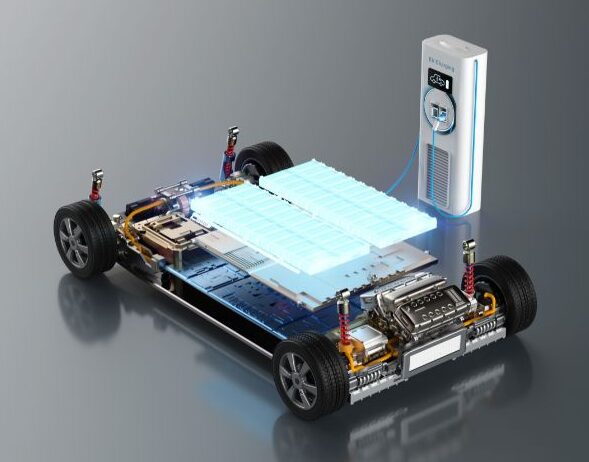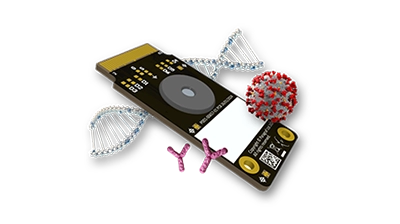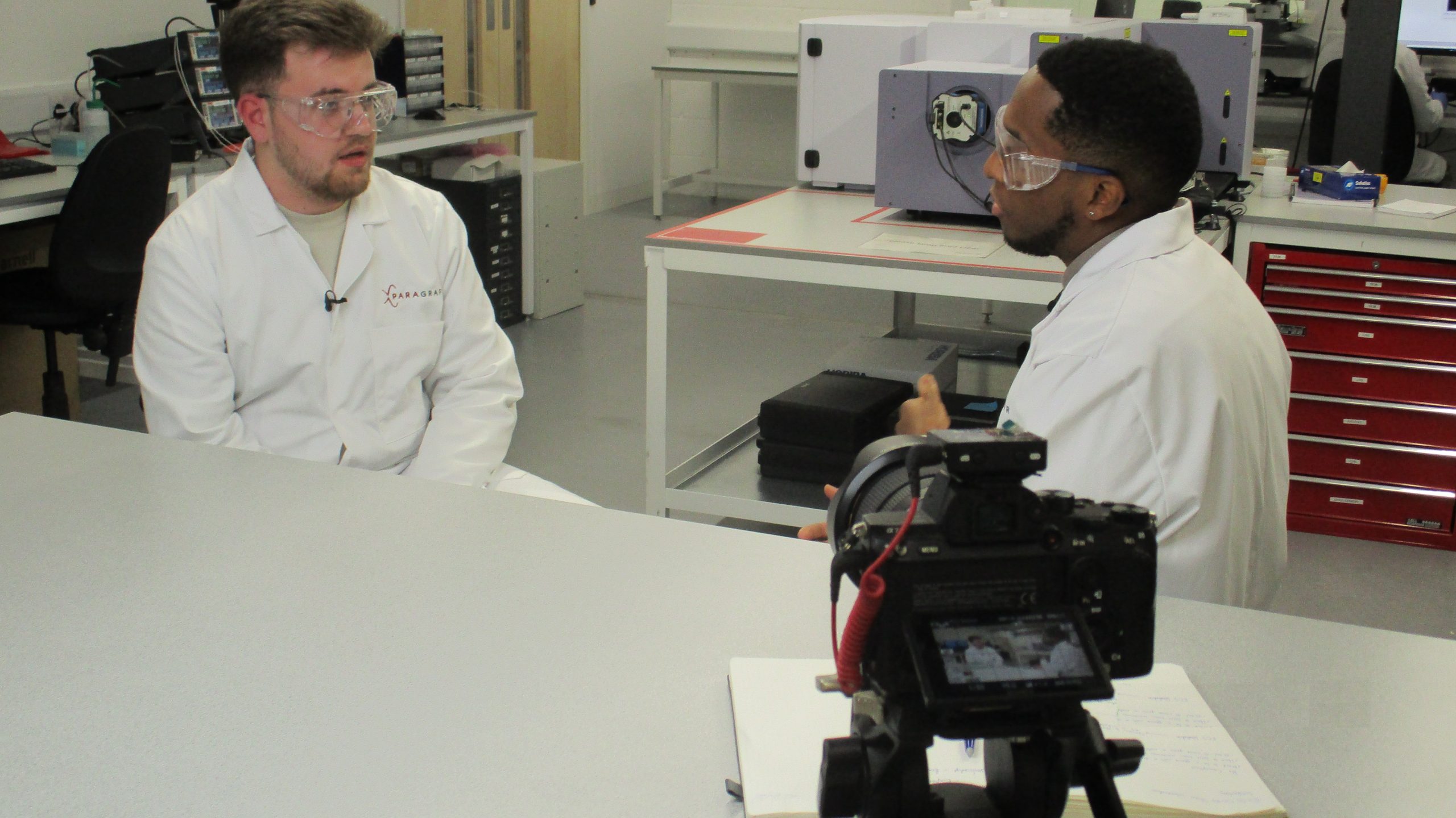
In previous articles, we have discussed how Paragraf’s graphene Hall sensors (GHS) are providing solutions for in-use testing and end-of-manufacture, in-factory testing of EV batteries. Here, we would like to discuss the possibility of testing these batteries at the end of their first life and what that would mean for the industry.
The first Tesla Roadster rolled off the assembly line in 2006[1]. Annual sales of electric vehicles (EV) reached one million for the first time in 2015[2], and 10 million in 2022[3]. Assuming an average lifespan of 15 years for these vehicles, the current trickle of EVs being taken out of service is due to become a flood by the end of this decade.
What to do with the batteries from those expired vehicles is a matter of increasing concern. EV batteries are large, expensive to make, and their contents include raw materials that are in limited supply.
What can be done with old batteries?
Disposing of EV batteries in landfills would be unsustainable and would erase much of the financial and environmental benefits of electrification. One alternative that has arisen is the emerging EV battery recycling industry, which recovers key materials and components of used batteries for reuse. This is being supported by directives such as the EU’s Battery Directive, which has mandated that 50 percent of all EV batteries must be recycled[4]. Whilst this recovers some of the battery material, current recycling processes are not particularly ‘green’ and they yield relatively little of a battery’s original components.
Another potential solution has come about to repurpose batteries in ‘second life’ applications. Battery systems for EV require exceptionally high storage capacity. When that capacity is diminished, the battery is no longer suitable for powering an EV but may still be capable of providing usable storage for other operations. For instance, a retired EV battery connected to a home’s solar panels can be employed to store and provide multiple days’ worth of power to run the home when the panels are not generating electricity[5].
Considering the scale of market, decisions about what to do with an EV battery once its vehicle is taken out of service stands to have substantial impact, both environmentally and economically. Establishing the proper criteria to determine whether to recycle or repurpose a battery will depend on collecting accurate data on its function once it has been removed from the vehicle. That is where Paragraf can help.
How does Paragraf enable battery sorting?
As discussed in an earlier article, our sensors are capable of feeding real-time, cell-level information on current flow and battery health to an EV’s battery management system (BMS). In the coming years, it is possible that next-generation BMS will be capable of archiving that information, providing a life-long log of the battery’s health, and that data could be used to predict whether – and how – the cells within that battery system are capable of continued use.
In the nearer term, Paragraf GHS are capable of performing in-factory tests on batteries removed from out-of-service EV similar to those performed on the same batteries at the beginning of their lives. With the superior resolution and energy efficiency of our sensors, detailed health checks on batteries at the cell level will enable the establishment of clear criteria (e.g., capacity thresholds, leakage current identification) for sorting mid-life batteries into the appropriate path for their next application.
Paragraf is working with EV battery manufacturers to improve their testing and production regimes. Please contact us to discuss how we can for your products and register to our mailing list below so you can keep up to date on the solutions Paragraf’s graphene is bringing to industry worldwide.
[1] Tesla Roadster History | Insider (businessinsider.com)
[2] It took five years to sell the first million electric cars – and six months to sell the fourth million | Stockhead
[3] EV-Volumes | The Electric Vehicle World Sales Database
[4] Electric car battery recycling: all you need to know | DrivingElectric
[5] Under the skin: how old EV batteries can be used as storage | Autocar







